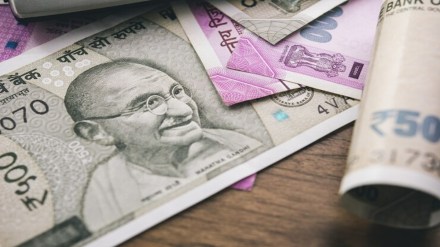The central government pegged its gross borrowings via market securities at Rs 14.82 lakh crore and net borrowings at Rs 11.54 lakh crore, FM Nirmala Sitharaman said while presenting the Budget. The gross borrowing was around 6% higher than FY25 due to more redemptions while net borrowings were largely flat.
While the gross borrowing figures were largely in line with market expectations, a few were expecting it to be lower than Rs 14 lakh crore, said economists and treasury heads.
“Since borrowings are in line with market expectations, the yield on the 10-year benchmark will remain largely stable. If the RBI cuts the repo rate by 50 or 75 basis points, the yield on the 10-year benchmark may drift downwards to 6.50-6.60%,” said Madan Sabnavis, chief economist, Bank of Baroda.
Following the negative surprise, the market may see some reaction on Monday. However, with the increasing expectations of a rate cut by the RBI in its February monetary policy meeting and open market operations, the upside risk on yields will be capped, said market participants.
“Gross borrowings are slightly higher than expectations, but net borrowings are flat, which is a relief. The initial reaction may not be very positive, but now all eyes are on monetary policy. Even if an initial sell-off is seen, we may see yields getting managed by the RBI doing the heavy lifting,” said Kanika Pasricha, chief economic advisor, Union Bank of India.
At the same time, a senior government official said, “The government’s gross borrowings for FY26 would have been quite high if it had not done the switching and buybacks. The gross borrowing growth of 6% in FY26 compared to nominal GDP growth rate of 10.1% is one of the lowest in the recent past.”
To ease the liquidity crunch, the government opted for switching and buybacks of Rs 2.35 lakh crore. T-Bills for FY25 is estimated at (-) Rs 1.2 lakh crore compared to the earlier projection of (–) Rs 50,000 crore, the official added.
